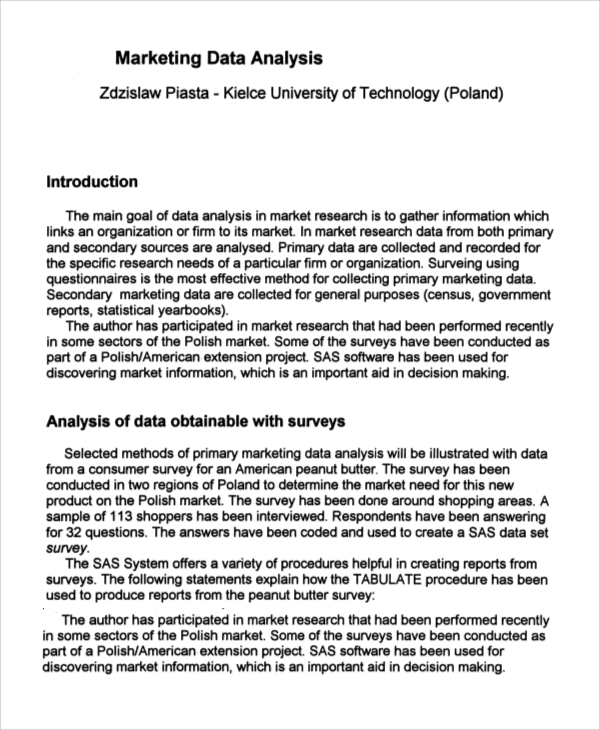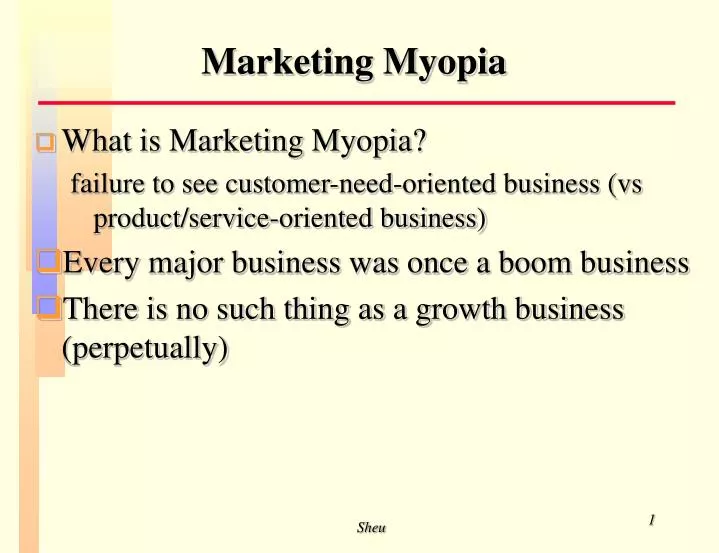Are you desperately looking for 'define myopia essay'? All material can be found on this website.
122 writers online Selling Myopia occurs when company leaders delineate their mission as well narrowly. It is a form of business short-sightedness. Fashionable this article, Theodore Levitt expresses his views on how industries failed to continue their outgrowth due to want of realizing the need of expanding into sectors adjoining to which they are already impermanent.
Table of contents
- Define myopia essay in 2021
- Hyperopia range
- Marketing myopia examples
- Causes of myopia class 10
- Myopia treatment
- Myopia degree chart
- What is the highest myopia?
- Reverse nearsightedness
Define myopia essay in 2021
Hyperopia range
 This image representes Hyperopia range.
This image representes Hyperopia range.
Marketing myopia examples
 This picture representes Marketing myopia examples.
This picture representes Marketing myopia examples.
Causes of myopia class 10
 This picture shows Causes of myopia class 10.
This picture shows Causes of myopia class 10.
Myopia treatment
 This image demonstrates Myopia treatment.
This image demonstrates Myopia treatment.
Myopia degree chart
 This picture representes Myopia degree chart.
This picture representes Myopia degree chart.
What is the highest myopia?
 This picture demonstrates What is the highest myopia?.
This picture demonstrates What is the highest myopia?.
Reverse nearsightedness
 This image representes Reverse nearsightedness.
This image representes Reverse nearsightedness.
What kind of surgery is used to treat myopia?
Orthokeratology is a nonsurgical method for the treatment of myopia. This can be helpful in the treatment of a mild form of myopia. This treatment involves wearing a series of rigid contact lenses to reshape the cornea. There are two types of surgery which can treat myopia.
Which is the best essay about marketing myopia?
Essay about Marketing Myopia. Marketing Myopia: Marketing Myopia suggests that businesses will do better in the end if they concentrate on meeting customers’ needs rather than on selling products. The mistake of paying more attention to products a company offers than to the benefits and experiences produced by these products.
How is the shape of the eye affected by myopia?
Ans. Myopia is caused because of the defect in the shape of the eye. Depth of eyeball being too much i.e.eyeball lengthened from front to back. These two are the major reasons for the cause of myopia which doesn’t let light entering our eyes focus properly causing blurred vision. It is also referred to as the refractive error.
How is marketing myopia written by Theodore Levitt?
Abstract The article, “Marketing Myopia” written by Theodore Levitt, illustrates how businesses interact in their particular industry’s life cycles of growth, maturity and decline. One of the primary focal points of the article is that businesses must know their industry in regards to satisfying their specific customer’s needs.
Last Update: Oct 2021